[vc_row][vc_column width=”1/4″ offset=”vc_hidden-xs”][vc_widget_sidebar sidebar_id=”sidebar-main”][/vc_column][vc_column width=”3/4″][vc_column_text]Like many things in life, economic development is all about sustaining momentum. Rarely does a stock market, an economy or even a community stay the same. Each of us gets better or worse every day. Measuring economic development is one way to know if we are improving or declining. Attending the groundbreaking ceremony for NTK this week, I sensed a very positive momentum in our community.
According to Lt. Governor Suzanne Crouch, Indiana’s unemployment rate of 3.6% is at a 16-year low and Indiana is ranked as the 5th-best state in which to conduct business. Preliminary data by the Bureau of Labor and Statistics actually shows the unemployment rate in the Indianapolis, Carmel and Anderson region at 2.5%! Madison County is a wonderful place for families looking for jobs.
Economic development requires businesses that are willing to invest, consumers who are willing to buy the “widgets” they produce, and an employee base that will continue to show up to work. The 3.6% unemployment rate shows great momentum for our state but it also alerts us that momentum may slow down as employers compete for workers.
There are mixed beliefs about whether the economy arrives at “full employment” when the unemployment rate reaches 4%. However, when you approach the 4% level, employers typically begin to see signs of wage pressure as they compete for a smaller labor pool. “Hiring Now” signs are visible in business windows in Madison County and across our nation for a reason.
Employers’ competition for employees leads to a situation referred to as “wageflation” which occurs when employers pay more for the same job and the same level of productivity. The wage increases we’re seeing are not an indicator of additional value or productivity in the workforce, but rather indicative that there are more jobs available than workers. This environment inevitably raises the price that consumers pay for goods and services, and it is a major concern of the Federal Reserve.
The Fed’s job is to work toward full employment (which we now have in Indiana) and maintain reasonable prices. Economists reason that if interest rates rise, businesses will reduce their investment in new entities and inflation will be contained. That reasoning sounds nice, but economists are often behind the proverbial eight ball and inflation moves faster than they can react. Additionally, current interest rates are so low that even a few rate hikes won’t necessarily curtail new developments.
A key factor to watch carefully is the labor participation rate. This rate is defined as the portion of the working age population (age 16-64) currently employed or seeking employment. In the U.S., labor participation is rising, but at a lower level than in Europe. Students, incarcerated individuals, stay-at-home partners and those above age 64 are not factored into the labor participation rate. The rate was at 66-67% through the 2000’s then fell to 62% following 2008.
Individuals are returning to the workforce and this might be our best hope to maintain momentum for economic expansion.
Disclaimer: Do not construe anything written in this post or this blog in its entirety as a recommendation, research, or an offer to buy or sell any securities. Everything in this post is meant for educational and entertainment purposes only. I or my affiliates may hold positions in securities mentioned in the blog. Please see my Disclosure page for full disclaimer.[/vc_column_text][/vc_column][/vc_row][vc_row][vc_column offset=”vc_hidden-lg vc_hidden-md vc_hidden-sm”][vc_widget_sidebar sidebar_id=”sidebar-main”][/vc_column][/vc_row]



